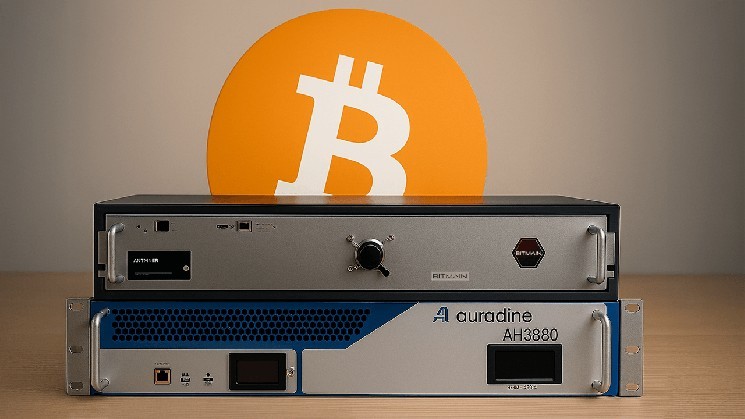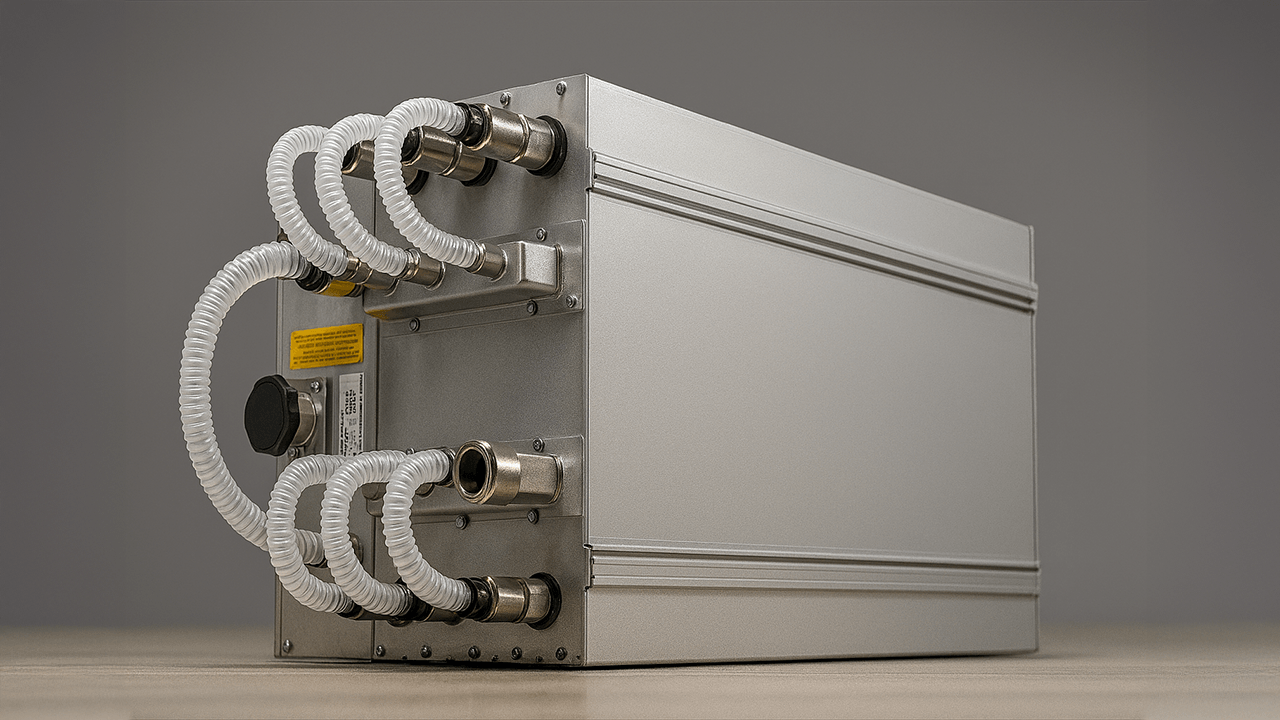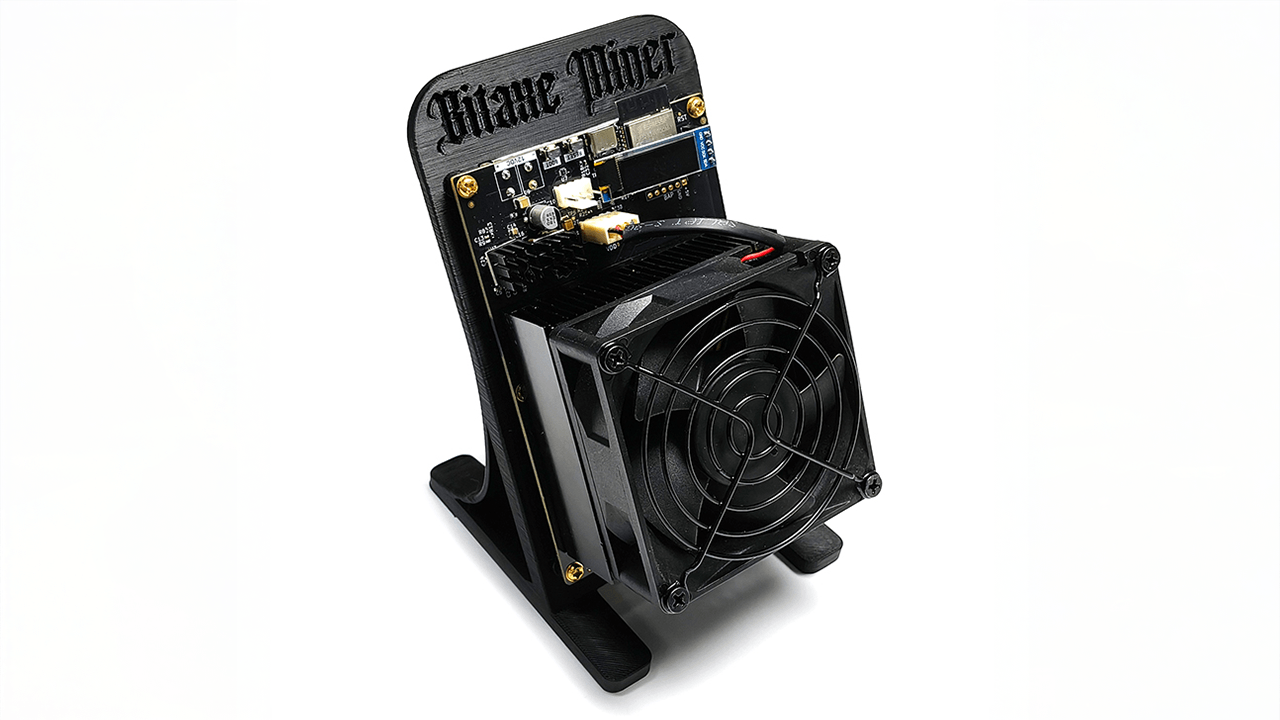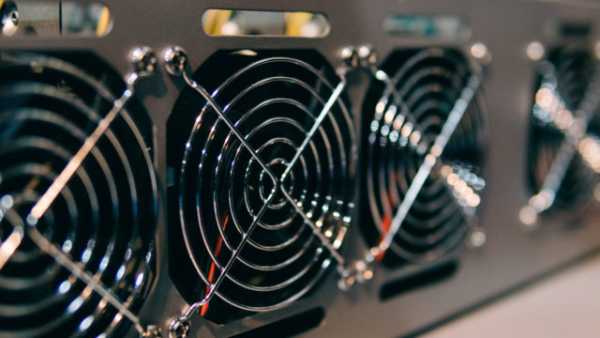Bitcoin ASIC Miners Are Back in Profit Mode — Here's How Much They Make Daily

With Bitcoin’s price increasing by 14.6% over the past month, miners are seeing higher profits. The current price for 1 petahash per second (PH/s) of computing power is around $60.49, which brings additional profits to some of the most popular ASIC miners. Here’s an overview of the current devices and how they impact the expected growth of BTC in 2025.
Bitcoin Price Increase Drives Mining Revenue Growth
Bitcoin mining rigs are now significantly more profitable than they were a month ago. Back then, the spot price for 1 petahash per second (PH/s) was $53.20, and now it is $60.49, representing a 13.7% increase in just 30 days. With an operating expense (OPEX) of $0.06 per kilowatt-hour (kWh) and given the current difficulty level, the absolute leader among ASIC miners is Bitmain’s Antminer S21e XP Hydro 3U, offering an impressive 860 terahash per second (TH/s).
However, to maintain this level of computing power, the device consumes a whopping 11,180 watts. For comparison, most home air conditioners use around 2,000–3,000 watts, so this mining rig consumes the same amount of power as three to five air conditioners running continuously. With that in mind, at current prices, the S21e XP Hydro 3U’s daily profit is $35.66. In second place is Auradine’s Teraflux AH3880, which delivers 600 TH/s of computing power.
The American Teraflux AH3880 uses around 8,700 watts, making it slightly more energy efficient than its main competitor, although it is inferior in raw computing power. Right behind the Teraflux AH3880 is Bitmain’s Antminer S21 XP+ Hydro, a solid model with a performance of 500 TH/s, but only consuming 5,500 watts. This model currently has a daily profit of around $22.17, and its energy efficiency is 11 joules per terahash.
 Antminer S21 XP Hydro by Bitmain.
Antminer S21 XP Hydro by Bitmain.
Next up is the Antminer S21 XP Hydro, which delivers 473 TH/s and uses 5,676 watts to generate $20.29 per day, proving that even slightly lower hashrate can be quite effective. Bitdeer’s Sealminer A2 Pro Hydro, released in March 2025, delivers 500 TH/s at 7,450 watts, generating around $19.36 per day. Then there’s Bitmain’s S21e XP Hydro, released in November 2024, which delivers 430 TH/s and uses 5,590 watts, enough to earn around $17.83 per day.
Meanwhile, Canaan’s Avalon A1566HA 2U offers an impressive 480 TH/s at 8,064W, bringing in $17.27 per day. Bitdeer re-emerges with its Sealminer A2 Hydro (Feb 2025) offering 446 TH/s at 7,360W, yielding an estimated daily profit of $16.24. Bitmain’s older but still effective S19 XP Hydro 3U offers 512 TH/s at 10,600W, bringing in $15.55 per day. MicroBT’s Whatsminer M63S+ offers 424 TH/s at 7,208W, yielding $15.14 in profit. And finally, the Auradine Teraflux AI3680 with a throughput of 375 TH/s, a power consumption of 5625 W and an acceptable daily profit of $14.47.
Small rigs, big dreams: microminers still make money
For enthusiasts and low-power miners, the numbers are smaller, but the fun is still there. Bitmain’s aging Antminer S17+, released in 2019, brings in $0.19 per day with 73 TH/s and 2920 watts of power. Right behind it is the compact Nerdminer NerdQaxe++, a newer, smaller rig released in March 2025 that uses just 76 watts with 4.8 TH/s and still brings in $0.18 per day.
 Mini miner Bitaxe Supra Hex 701.
Mini miner Bitaxe Supra Hex 701.
The two versions of the Bitmain S17 Pro, released in April 2019 — one with 53 TH/s and one with 50 TH/s — earn between $0.16 and $0.17 per day, despite their age. The compact Canaan Avalon Nano 3S delivers 6 TH/s with just 140 watts of power consumption, also bringing in $0.16 per day. Rounding out the microminers is the Bitaxe Supra Hex 701, a stylish miner released in June 2025 with 4.2 TH/s and 75 watts of power consumption — modest specs that still bring in around $0.14 per day.
The S9 Saga: From Financial Failure to Modest Recovery
Of course, not all miners are located
Source: cryptonews.net



